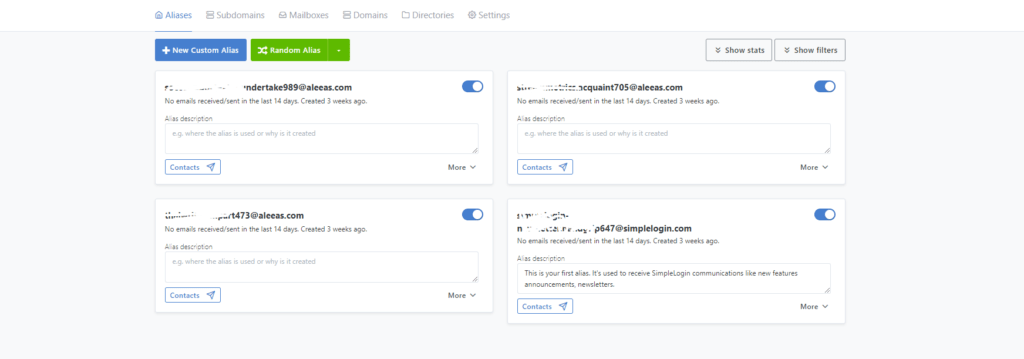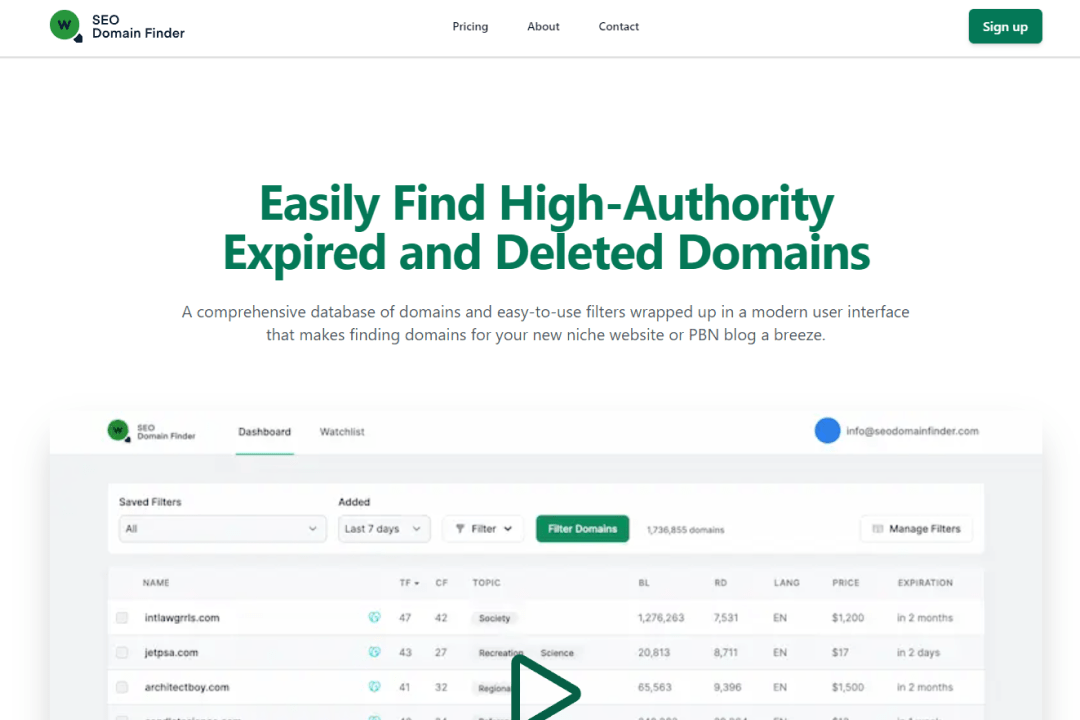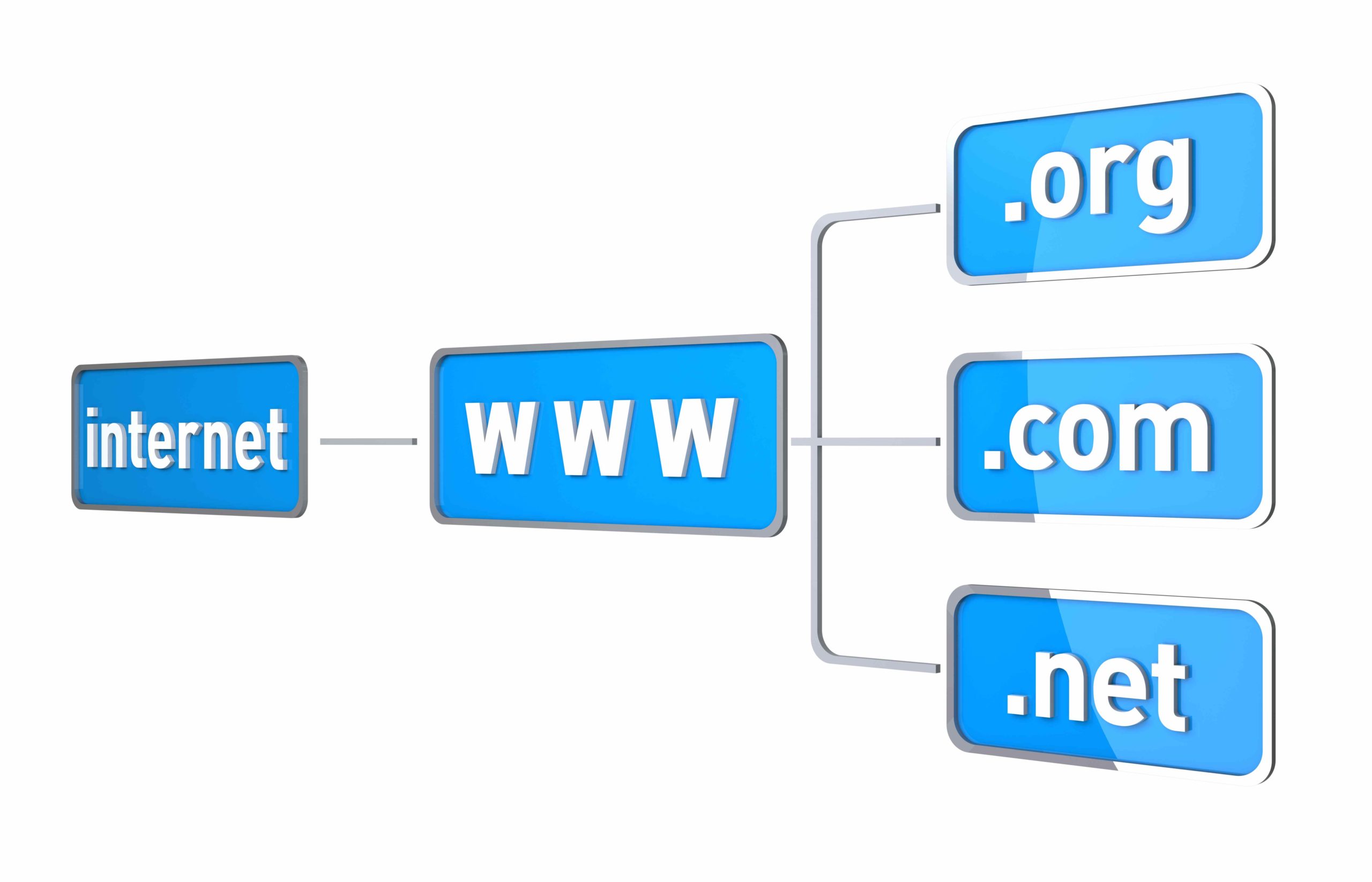
In the world of SEO, Private Blog Networks (PBNs) stand out as a controversial yet powerful strategy to boost website rankings.
This guide is your shortcut to understanding and effectively building your PBN. We’ll share with you our personal experience with PBNs, giving you expert tips and tricks.
Whether you’re a seasoned marketer or new to the game, discover the essentials, best practices, and key considerations for mastering the art of PBNs and enhancing your online presence.
Let’s dive in.
Key Takeaways
- A Private Blog Network (PBN) is a network of websites built with the primary purpose of linking to another website to enhance its visibility in organic search results.
- PBNs should appear natural – a successful PBN doesn’t give off the impression of being a PBN but instead looks like a real website.
- The most important components you need to build a PBN are an aged domain and a good hosting provider.
- You can build a PBN website by rebuilding an old one or building a new one with WordPress.
- Maintaining your Private Blog Network (PBN) largely depends on the time and resources you’re willing to invest. Ideally, you’d want your sites to receive some traffic, regularly publish new content several times a week, and possibly even have a presence on social media platforms.
The Basics of PBNs
A Private Blog Network (PBN) is a network of websites built with the primary purpose of linking to another website to enhance its visibility in organic search results. The core concept of PBNs revolves around creating low-effort websites, connecting them to your main site, and then allowing them to work on their own. (Learn more in our article What Is a PBN)
PBNs should appear natural – a successful PBN doesn’t give off the impression of being a PBN but instead looks like a real website.
When working with PBNs, it is important to create a balance between PBN quality and the effort we put in. This depends on factors like whether we’re selling the PBNs or using them for our projects.
The nature of our project also matters – if we’ve made significant investments (like hundreds of thousands), it’s crucial to ensure that PBNs appear highly legitimate. However, the focus on PBN authenticity may not be as intense for less important projects.
What You Need To Build A PBN
The most important components you need to build a PBN are:
- Aged domain: We advise building your PBN on aged domains with quality backlinks. Some people opt for new domains and purchase or create cheap links for their PBNs, but honestly, we think this strategy is ineffective and a waste of time. However, if you decide to go for this option, you should consider tools such as GSA (old school, but still used nowadays) or buying cheap citations from Fiverr. As you can imagine, these cheap and fast options for building links to your PBNs are not going to bring any good links, but some people still prefer this approach. Check out our article about choosing the right domains for PBNs)
- Good hosting provider: Using the right hosting provider when managing PBNs is crucial. Choosing the wrong hosting is the main reason why PBNs get deindexed and can harm your main sites. PBNs must be spread out across various IP addresses and DNS records. Typically, you’d use either PBN hosting or regular shared hosting with Cloudflare. We prefer the latter option.
Cloudflare is a company that provides web infrastructure and security services, including Content Delivery Network (CDN) solutions. These solutions are designed to enhance website security, speed, and efficiency by using a global network of servers. (Read this article to learn more about using Cloudflare for your PBNs)
Cloudflare is useful for PBNs because it masks IPs. To mask the DNS as well, each site (or every 2-3 sites) must be on a separate Cloudflare account. It’s free, but you should make a new e-mail for each Cloudflare account. Creating a large number of e-mails may be a problem for large networks. Still, we have a ready solution for you: you can use simplelogin.io.
For just $30 per year, this open-source tool allows you to generate an unlimited number of alias e-mails. These e-mails are exclusively used for registrations and cannot be used for sending messages. Any e-mails sent to these aliases are automatically forwarded to your primary inbox. They’re incredibly convenient and can be created with just one click.

If you are searching for good PBN hosting, check out our review about Easy Blog Networks.
How to Build a PBN Website
There are two ways to build a PBN website:
Rebuilding the Old Website from the Archive
Rebuilding the old site and restoring the old content is a quick and easy solution. This makes the sites look real, not like PBNs. Keep in mind that not every site has a good backup in the archive, and some don’t have one at all.
The old website can be restored using Archivarix. The tool scrapes a copy of the website from Archive.org, commonly known as the Wayback machine, and then effortlessly rebuilds it. If the process is optimized, you can have a website with numerous pages within just a few hours.
If you decide to use this method, you should consider some pros and cons:
Pros:
- The process is quick.
- It’s user-friendly and straightforward.
- Cost-effective, with payments ranging from $10-20 per copy to Archivarix.
- Websites use flat HTML that saves server resources, which is crucial for extensive networks.
- It is more secure than WordPress.
- Old URLs with existing links can be restored.
- Google sees it normal for a domain/site to be temporarily missing and reappear.
Cons:
- Archivarix uses its own custom CMS, lacking the plugins and other assets WordPress offers.
- It works well for creating new posts or editing old ones, but it is not suitable for optimizing and working extensively with the sites.
- You should be cautious when restoring copyrighted content – avoid certain types of content, niches, and TLDs.
SEO.Domains offers this service at reasonable prices, ranging from $100 to $150 per site. It’s worth it because they specialize in this area and have clear procedures and steps for every aspect.
Building a New Website with WordPress
Building a new website with WordPress is another option, but it comes with its own set of pros and cons.
Pros:
- The websites will appear better.
- Sites will be more user-friendly.
- You can use all the advantages of WordPress.
- With the help of AI, you can create a large amount of affordable content.
Cons:
- The process takes more time.
- A dropped domain with entirely new content doesn’t appear natural, and Google views it with suspicion, which can lead to issues.
If you’re going to use this method, we recommend building the PBN sites like regular websites with pages such as Contact Us, About Us, Privacy Policy, and T&C and uploading at least 10-20 articles organized into categories. This approach will make them appear more natural.
How to Maintain Your PBN
Maintaining your Private Blog Network (PBN) largely depends on the time and resources you’re willing to invest.
Ideally, you’d want your sites to receive some traffic, regularly publish new content several times a week, and possibly even have a presence on social media platforms (although this can be challenging for larger networks). The goal is for your sites to appear like normal, active websites to both users and search engines.
Thankfully, with the advancements in AI technology, many of these processes can now be automated, making it easier to manage and maintain your PBN efficiently.
Conclusion
Building a Private Blog Network (PBN) can be a powerful strategy for enhancing your website’s search engine visibility and authority. However, it requires careful planning, strategic execution, and ongoing maintenance to ensure its effectiveness and longevity. By following the steps outlined in this guide and staying informed about the latest SEO trends and practices, you can leverage the full potential of your PBN to achieve your digital marketing goals.











































































































